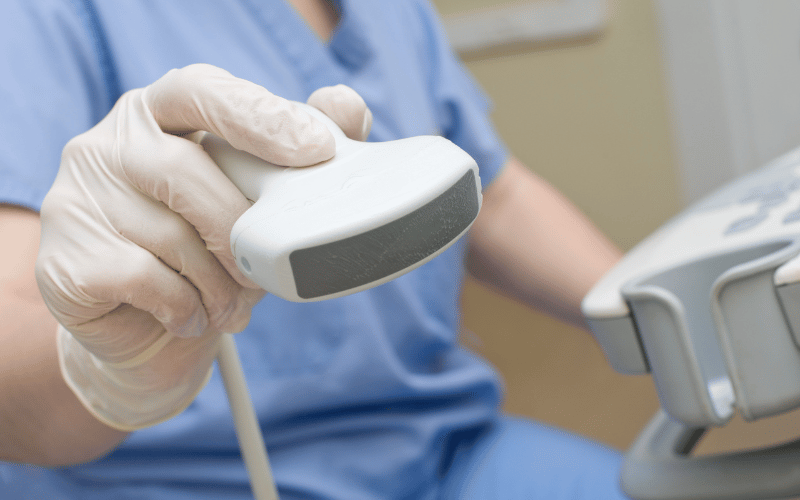Fact 13: Potential Misidentification

Given their location, femoral hernias often reside in close proximity to other types of hernias, particularly inguinal hernias. This geographical closeness, combined with overlapping symptoms, can occasionally lead to misidentification. It’s crucial to understand the distinctions, as treatment protocols and potential complications can vary significantly.
Inguinal hernias are more common than femoral ones and occur slightly higher up in the groin. Both can manifest as a lump and can lead to similar discomfort. Without a proper examination, it’s easy to misconstrue a femoral hernia as its inguinal counterpart, leading to delays in appropriate treatment.
Modern diagnostic tools have become immensely refined, providing clear insights into the body’s internal structures. Ultrasound, MRI, or CT scans can help discern the exact type and location of the hernia. However, it’s essential to couple these findings with a thorough physical examination and patient history to arrive at an accurate diagnosis.
While general practitioners are skilled in diagnosing a myriad of ailments, the nuanced differences between various hernia types might require a specialist’s eye. Seeking a second opinion from a hernia specialist or a general surgeon experienced in hernia repairs can prevent potential misidentifications. (13)